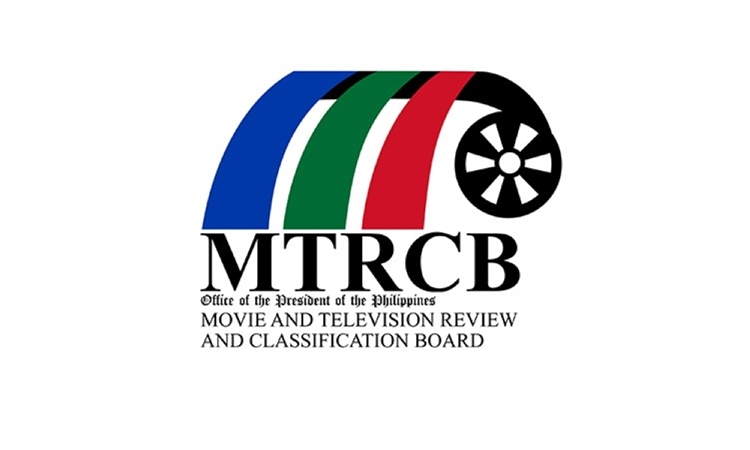MTRCB Accused of Excessive Regulations
The Movie and Television Review and Classification Board (MTRCB) operates as a quasi-judicial government entity under the Office of the President. Its primary responsibility is to assess and categorize television programs, movies, and promotional materials to ensure they meet specific standards and criteria.
The MTRCB has extensive authority over various types of media content, including television programs aired on free or cable TV, regardless of their source or broadcast method. It also covers movies, both local and foreign, meant for public viewing, even in unconventional venues like buses and ferries. Additionally, the MTRCB oversees materials like DVDs and CDs. Moreover, it governs promotional materials, such as movie trailers and advertisements, whether in video or non-video formats.
Recently, public scrutiny has fallen upon the MTRCB due to its handling of complaints against various noontime shows, such as “It’s Showtime,” which received a 12-day suspension for the cake-icing incident involving Vice Ganda and Ion Perez. They even filed a Motion for Reconsideration but were only denied by the said agency.

Some accuse the MTRCB of being excessively strict and biased. Others argue that stringent rules are necessary to ensure the quality and suitability of TV and movie content, protecting viewers from harmful or offensive material.
As a fan of noontime shows, it’s acknowledged that hosts may make mistakes, but fairness in the MTRCB’s actions is also expected. Ultimately, whether one believes the MTRCB is too strict or strikes the right balance depends on their perspective regarding media rules and freedom of speech. It’s a complex issue with varying opinions.

For more news and the latest updates, feel free to visit Newspapers.ph more often as well as our Facebook page and YouTube channel.
Disclaimer: The opinions expressed in the above article belong solely to the author and do not reflect the views of the entire media organization. Additionally, the citations included are derived from credible sources and form the foundation of the author’s perspective. The author’s intent is not to present an inaccurate portrayal of the topic or exert influence on readers but rather to articulate their viewpoint in a formal manner.
